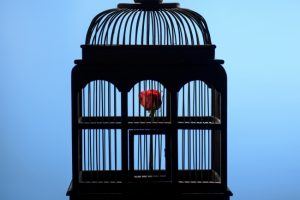Charlie Tyson in the Chronicle of Higher Education:
 How easy it would be, a young Susan Sontag considered, to slide into academic life. Make good grades, linger in graduate school, write “a couple of papers on obscure subjects that nobody cares about, and, at the age of sixty, be ugly and respected and a full professor.” Nearly 70 years after this journal entry, the word “ugly,” planted so squarely in the sentence’s final phrase, still stings.
How easy it would be, a young Susan Sontag considered, to slide into academic life. Make good grades, linger in graduate school, write “a couple of papers on obscure subjects that nobody cares about, and, at the age of sixty, be ugly and respected and a full professor.” Nearly 70 years after this journal entry, the word “ugly,” planted so squarely in the sentence’s final phrase, still stings.
Academe styles itself as the aristocracy of the mind; it is generally disdainful of the body and of the luxury goods commercial society finds beautiful. In short, professors distrust beauty. The preening self-abasement with which they do so, Stanley Fish wrote in the 1990s, is why academics take pride in driving Volvos.
In truth, beauty’s conflicted status among academics probably derives less from the elevation of mind over body and more from the long exclusion of women from the professoriate. For most of the 20th century to be a professor was to be male, and therefore theoretically unsexed, and thus seemingly exempt from the female gendered standards of the fashion industry and mass entertainment. Female academics face a double bind: Look attractive and you seem unserious; look homely and you seem dour. Male academics, for their part, loll in ink-stained corduroys and rumpled shirts. The fashion-conscious few adopt intellectual aesthetics, for instance, riffs on Foucault with black turtlenecks, sleek, shaved heads, and big plastic glasses thrown in for good measure.
That academics encounter beauty in their private lives as a mystifying or corrupted alien force was a cliché by the time Fish cast his eye on the faculty parking lot. Yet the inconsistent treatment beauty has received in scholarly research demands explanation. In the humanities, beauty is ignored or seen as a vague embarrassment, and in the social sciences the topic is treated only superficially. If beauty remains a serious subject of study anywhere, it is in the sciences, certain corners of which have enlisted beauty as an organizing ideal.
More here.
